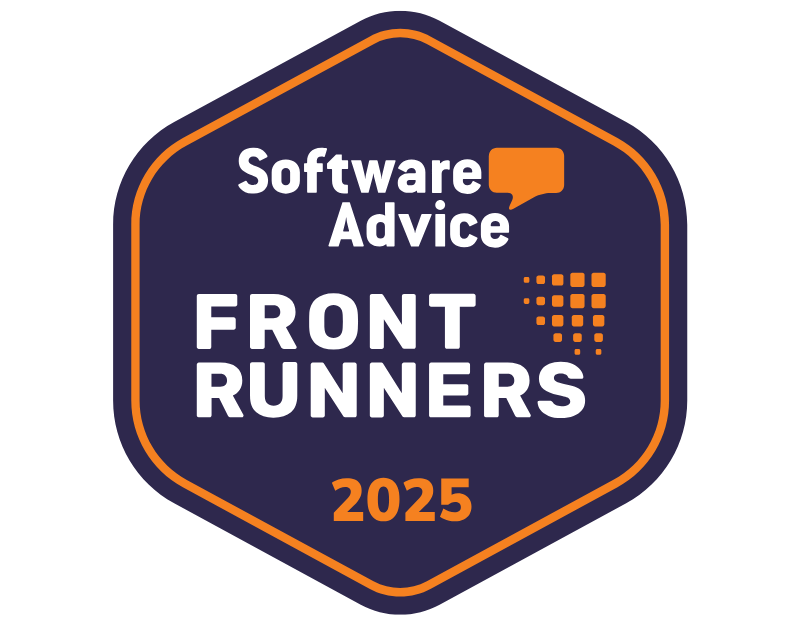In today’s global economy, businesses routinely engage with customers, suppliers, and partners across multiple countries and currencies. While this international expansion opens tremendous growth opportunities, it also introduces significant complexity to financial operations—particularly when it comes to managing accounts receivable. Cross-border transactions involve navigating different currencies, time zones, banking systems, regulatory requirements, and payment methods, all of which can turn the invoice-to-cash process into a logistical nightmare.
For finance teams managing international receivables, manual processes simply don’t scale. The risk of errors multiplies, payment cycles extend, and reconciliation becomes an overwhelming task. This is where invoice-to-cash automation emerges as a game-changing solution, offering businesses the tools they need to streamline international receivables collection, improve cash flow visibility, and reduce the administrative burden that comes with global operations.
In this comprehensive guide, we’ll explore how modern automation technology is transforming cross-border payments, eliminating friction points, and enabling businesses to operate efficiently on a global scale.
What Is Invoice-to-Cash Automation?
Invoice-to-cash automation refers to the digitalization and streamlining of the complete invoice to cash workflow—from the moment an invoice is generated to when payment is received and reconciled in your accounting system. This end-to-end automation encompasses invoice creation, delivery, payment collection, cash application, and account reconciliation.
Rather than relying on manual data entry, spreadsheet tracking, and disparate systems, invoice-to-cash automation creates a unified, intelligent workflow that reduces human intervention while improving accuracy and speed. Advanced platforms leverage artificial intelligence and machine learning to intelligently match payments to invoices, predict payment behavior, and identify potential issues before they impact cash flow.
The invoice to cash process traditionally involves multiple touchpoints: generating invoices, sending reminders, processing payments, applying cash to the correct accounts, and reconciling transactions. When managed manually, each of these steps represents an opportunity for delays, errors, and inefficiencies. Automation transforms this fragmented process into a seamless digital workflow that operates with minimal manual intervention.
For businesses operating internationally, invoice-to-cash automation becomes even more critical.
Challenges in Cross-Border Payments and Invoice Reconciliation
Managing international accounts receivable presents a unique set of challenges that compound the difficulties already inherent in domestic collections. Understanding these obstacles is the first step toward implementing effective solutions. Some of these include:
Currency Complexity and Exchange Rate Fluctuations
One of the most significant challenges in cross-border transactions is dealing with multiple currencies. When invoicing international customers, businesses must decide whether to bill in their own currency, the customer’s currency, or a dominant third-party currency like USD or EUR. Each option carries implications for both parties. Exchange rate fluctuations between the invoice date and payment date can result in discrepancies that complicate reconciliation, potentially creating gains or losses that must be properly accounted for.
Payment Method Diversity
Different countries and regions have distinct preferences for payment methods. While credit cards and ACH transfers might be standard in the United States, customers in Europe may prefer SEPA transfers, while those in Asia might use region-specific payment networks. Supporting this diversity of payment channels requires integration with multiple payment processors and gateways, creating technical complexity and increasing the potential for reconciliation challenges.
 No Fees, Just Payments: New at Gaviti
No Fees, Just Payments: New at Gaviti
ACH processing is now available for free in the Gaviti Self-Service Portal! Your customers pay you electronically, the money goes directly to your back account, and you get to keep 100% of your revenue. 💳 Click. Pay. Done.
Learn More About No-Fee ACHBanking Infrastructure Variations
International banking systems operate on different timelines and with varying levels of efficiency. Wire transfers might take several days to clear, while local payment networks might process transactions almost instantly. These timing differences make it difficult to predict when funds will actually become available, complicating cash flow forecasting and working capital management.
Regulatory and Compliance Requirements
Each jurisdiction has its own regulatory framework governing financial transactions, tax reporting, and data privacy. Businesses must navigate these requirements carefully to ensure compliance with laws like GDPR in Europe, various anti-money laundering regulations, and country-specific invoicing requirements. Non-compliance can result in penalties, delayed payments, and reputational damage.
Time Zone and Communication Barriers
When customers and finance teams operate in different time zones, communication becomes challenging. Simple issues that could be resolved with a quick phone call during business hours instead turn into multi-day email exchanges. Language barriers add another layer of complexity, potentially leading to misunderstandings about payment terms, amounts, or instructions.
Reconciliation Complexity
Cross-border invoice reconciliation is particularly challenging. Finance teams must match incoming payments to outstanding invoices while accounting for currency conversions, transaction fees, and timing differences. When payments don’t match invoice amounts exactly—a common occurrence due to exchange rate fluctuations or bank fees—determining the correct allocation requires investigation and manual adjustment.
These challenges collectively create an environment where manual processes fail to deliver the accuracy, efficiency, and visibility that modern businesses require. This is precisely where automation delivers transformative value.
How Automation Streamlines the Cross-Border Invoice-to-Cash Process
Modern cross-border transaction processing software addresses the challenges of international receivables through intelligent automation, real-time connectivity, and sophisticated matching algorithms. Here’s how automation transforms each stage of the cross-border invoice-to-cash process:
Intelligent Invoice Generation and Distribution
Automated systems can generate invoices in multiple currencies and languages based on customer preferences and regulatory requirements. Smart templates ensure that all necessary information—including tax identification numbers, payment terms, and jurisdiction-specific details—are included automatically. Electronic delivery through customer portals or email ensures invoices reach recipients instantly, regardless of time zone, eliminating postal delays and reducing the risk of invoices getting lost.
Automated Currency Conversion and Management
Advanced platforms integrate with real-time currency exchange services to automatically calculate invoice amounts in the customer’s preferred currency at the time of invoicing. The system can also track exchange rate fluctuations and automatically recalculate expected amounts when payments are received, accounting for conversion differences. This eliminates the manual calculations that previously consumed finance team hours and introduced potential for error.
Multi-Channel Payment Collection
Automation platforms integrate with a diverse array of global payment processors, enabling customers to pay using their preferred method—whether that’s credit cards, bank transfers, digital wallets, or regional payment networks. Customer payment portals provide a self-service experience where clients can view outstanding invoices, make payments, and download receipts without requiring finance team intervention. This approach has been shown to reduce collection calls significantly, as customers have convenient access to all the information they need.
Automated Cash Application and Matching
Perhaps the most powerful aspect of invoice-to-cash automation is intelligent cash application. When payments arrive from international customers, the system automatically matches them to outstanding invoices using sophisticated algorithms that can account for partial payments, currency conversion differences, and bank fees. Machine learning continuously improves matching accuracy by learning from previous reconciliation decisions and finance team corrections.
This capability transforms what was once a time-consuming manual process into an automated workflow that processes payments in real-time. Automated payment reconciliation ensures that cash is applied accurately and immediately, providing up-to-date visibility into accounts receivable status.
Exception Handling and Workflow Automation
When payments can’t be automatically matched—due to missing reference numbers, unexpected amounts, or other discrepancies—the system flags these exceptions and routes them to the appropriate team member for review. Automated workflows ensure nothing falls through the cracks, with escalation procedures for aging items and collaborative tools that enable team members to resolve issues efficiently.
Real-Time Reporting and Analytics
Automation platforms provide comprehensive dashboards that offer real-time visibility into international receivables across all currencies and jurisdictions. Finance leaders can instantly see DSO (Days Sales Outstanding) by region, identify payment trends, and spot potential collection issues before they become serious problems. This level of insight is simply impossible with manual processes and disconnected systems.
Key Features to Look For in Cross-Border Transaction Processing Software
Not all invoice-to-cash automation solutions are created equal, especially when it comes to handling the unique requirements of international transactions. When evaluating platforms for managing cross-border receivables, finance leaders should prioritize the following capabilities:
- Multi-Currency and Multi-Language Support – The platform should natively support all major world currencies with real-time exchange rate updates. Look for solutions that can generate invoices and communications in multiple languages, automatically selecting the appropriate language based on customer location or preference. The system should handle currency conversion automatically during both invoicing and payment reconciliation.
- Global Payment Gateway Integration – Comprehensive integration with international payment processors and local payment networks is essential. The solution should support credit cards, ACH/SEPA transfers, wire transfers, and region-specific payment methods. A unified portal where customers can select their preferred payment method streamlines the collection process and improves the customer experience.
- Intelligent Matching and Reconciliation – Advanced matching algorithms that can handle partial payments, currency conversion differences, and bank fees are critical for efficient cross-border operations. The system should use machine learning to continuously improve matching accuracy and should provide clear audit trails showing how payments were applied to invoices.
- Compliance and Regulatory Management – Look for platforms that help ensure compliance with international financial regulations, tax requirements, and data privacy laws. The solution should support jurisdiction-specific invoicing requirements, maintain proper documentation for audit purposes, and provide configurable workflows that align with your compliance policies. Understanding the matching principle and how automation supports proper revenue recognition is particularly important for financial reporting accuracy.
- ERP and Accounting System Integration – Seamless integration with your existing ERP, accounting platform, and other financial systems is non-negotiable. The solution should synchronize data bidirectionally, ensuring that invoice information, payment data, and customer details remain consistent across all systems without manual data entry. This integration is essential for maintaining accurate financial records and supporting efficient close processes.
- Customer Portal and Self-Service Capabilities – A modern customer portal that provides 24/7 access to invoices, payment history, and payment options significantly reduces the administrative burden on finance teams. Customers should be able to view outstanding balances, make payments, set up automatic payments, and download documentation without needing to contact your team.
- Automated Communication and Reminders – The platform should automate payment reminder communications, sending customized messages based on payment terms, customer preferences, and past payment behavior. Smart escalation workflows ensure that reminders become progressively more urgent as invoices age, while maintaining professional customer relationships.
- Robust Reporting and Analytics – Comprehensive reporting capabilities that provide visibility across all currencies, regions, and customer segments are essential for managing international receivables effectively. Look for customizable dashboards, predictive analytics that identify payment risk, and drill-down capabilities that enable detailed investigation when needed.
- Scalability and Performance – As your international operations grow, your automation platform must scale accordingly. Evaluate solutions based on their ability to handle increasing transaction volumes, support expansion into new markets, and maintain performance as complexity increases.
Benefits of Automating Invoice Collection Across Currencies and Jurisdictions
Implementing invoice-to-cash automation for cross-border payments delivers substantial benefits that extend throughout the finance organization and impact overall business performance:
- Dramatically Reduced Processing Time – Automation eliminates the manual tasks that consume countless hours of the finance team’s time—data entry, payment matching, currency calculations, and investigation of discrepancies. What once took days or weeks can now happen in minutes or hours, freeing finance professionals to focus on strategic activities rather than routine transaction processing.
- Improved Cash Flow and Reduced DSO – By streamlining the entire invoice-to-cash workflow, automation accelerates payment collection. Automated reminders ensure customers receive timely notifications, customer portals make payment convenient, and faster reconciliation means cash hits your accounts sooner. Many businesses see DSO reductions of 20-30% after implementing automation, directly improving working capital and reducing the need for external financing.
- Enhanced Accuracy and Reduced Errors – Manual processes are inherently error-prone, especially when dealing with currency conversions, complex matching scenarios, and data entry across multiple systems. Automation virtually eliminates these errors, ensuring that payments are applied correctly, exchange rate calculations are accurate, and financial records reflect true account status. This accuracy is essential for reliable financial reporting and compliance.
- Better Customer Experience – International customers appreciate the convenience of self-service portals, flexible payment options, and clear communication about their account status. Automated, professional payment reminders are less intrusive than collection calls while being more effective. This improved experience strengthens customer relationships and can contribute to better payment behavior. Following accounts receivable automation best practices ensures that automation enhances rather than detracts from customer relationships.
- Complete Visibility and Control – Real-time dashboards provide unprecedented visibility into international receivables. Finance leaders can instantly assess exposure by currency, region, or customer, identify trends, and make informed decisions about credit policies and collection strategies. This level of insight enables proactive management rather than reactive firefighting.
- Scalability for Growth – As businesses expand into new markets and add international customers, manual processes break down under the increased complexity. Automation provides the infrastructure needed to scale internationally without proportionally increasing headcount. The same platform that manages receivables from ten countries can handle one hundred with minimal additional effort.
- Compliance and Audit Readiness – Automated systems maintain comprehensive audit trails showing when invoices were sent, what communications occurred, how payments were applied, and what approvals were obtained. This documentation is invaluable during audits and ensures compliance with various regulatory requirements across different jurisdictions.
The cumulative impact of these benefits is transformative. Businesses that successfully implement invoice-to-cash automation for cross-border payments report not just operational improvements but fundamental changes in how their finance organizations operate and contribute to business success.
Frequently Asked Questions about Invoice to Cash Automation and Cross-Border Payments
What makes cross-border invoice reconciliation more complex than domestic?
Cross-border invoice reconciliation involves multiple currencies with fluctuating exchange rates, diverse payment methods and banking systems, varying transaction timing across time zones, international bank fees, and jurisdiction-specific regulatory requirements. These factors create matching challenges and discrepancies that rarely occur in domestic transactions, requiring sophisticated automation to handle efficiently.
How does invoice-to-cash automation handle currency conversion?
Modern automation platforms integrate with real-time currency exchange services to automatically calculate invoice amounts in multiple currencies. When payments arrive, the system applies current exchange rates to reconcile any differences between invoiced and received amounts, automatically accounting for conversion variances and maintaining accurate records of gains or losses for financial reporting purposes.
Is it possible to use payment portals for cross-border transactions?
Yes, advanced payment portals support international transactions by integrating with global payment processors and local payment networks. Customers can view invoices in their preferred currency and language, select from multiple payment methods including regional options, and complete transactions securely. These portals provide 24/7 access regardless of time zone differences.
Can invoice-to-cash tools integrate with global accounting platforms?
Leading invoice-to-cash automation solutions offer robust integration capabilities with major global ERP and accounting platforms including SAP, Oracle, NetSuite, QuickBooks, and Xero. These integrations ensure seamless data synchronization across systems, eliminating manual data entry and maintaining consistency between receivables management platforms and financial reporting systems for accurate consolidated records.
What features should a cross-border payments software company offer?
A comprehensive cross-border payments software company should provide multi-currency and multi-language support, global payment gateway integration, intelligent automated reconciliation, compliance management for international regulations, real-time currency conversion, customer self-service portals, automated communications, robust reporting across jurisdictions, and seamless ERP integration to handle the full complexity of international transactions.
Is invoice-to-cash automation secure for international transactions?
Yes, reputable invoice-to-cash automation platforms employ bank-level encryption, secure payment processing through PCI-DSS compliant gateways, multi-factor authentication, and regular security audits. These systems comply with international data privacy regulations including GDPR, maintain comprehensive audit trails, and use secure cloud infrastructure with redundancy and disaster recovery capabilities to protect sensitive financial data.
How Gaviti Supports Cross-Border Payments
Gaviti stands as a leading invoice-to-cash automation solution powered by AI technology, designed to streamline accounts receivable operations and make them predictable and scalable.
How Gaviti Transforms Cross-Border Payments:
- Intelligent Cash Application – Automates the matching of customer payments with open invoices by leveraging remittance information, eliminating manual reconciliation challenges across currencies.
- Universal ERP Integration – Works seamlessly with any ERP system, enabling faster invoice payments, real-time performance metrics, and reduced A/R collection times.
- Multi-Currency Support – Facilitates local payment methods and currencies, making it easier for international customers to pay their invoices.
- DSO Reduction – Automates invoice management to significantly reduce Days Sales Outstanding while improving cash flow visibility.
- Enhanced Customer Experience – Delivers real-time metrics and improved satisfaction through streamlined payment processes.
By addressing the unique complexities of international receivables management, Gaviti empowers businesses to scale globally with confidence and operational excellence.

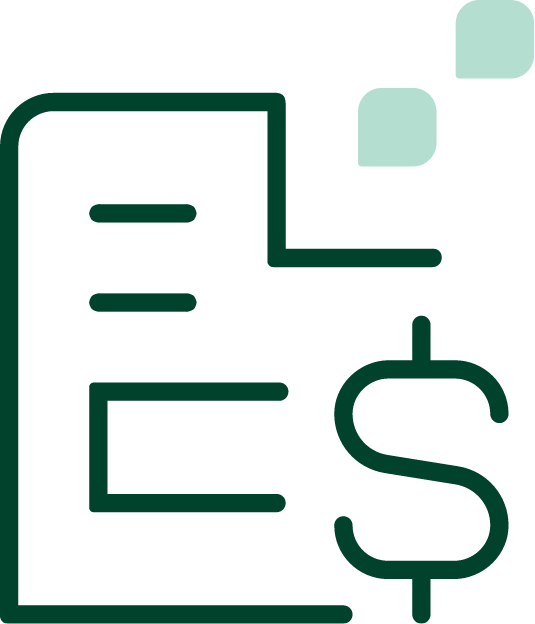
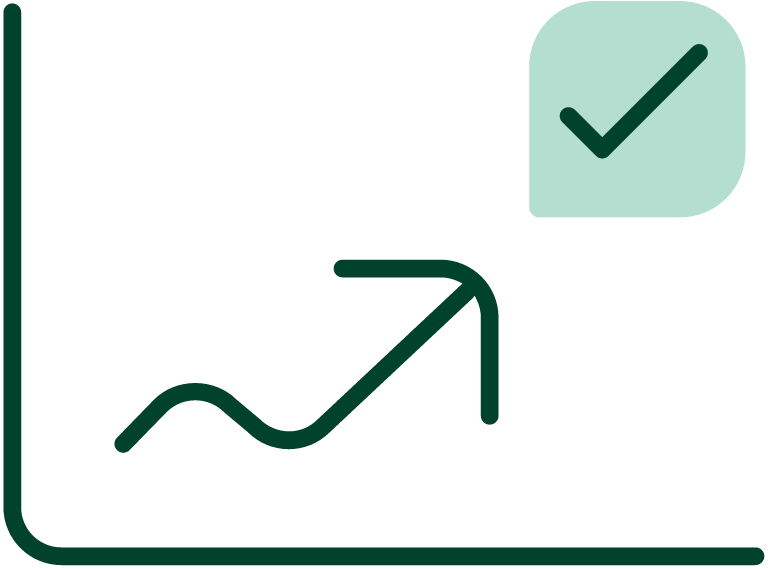

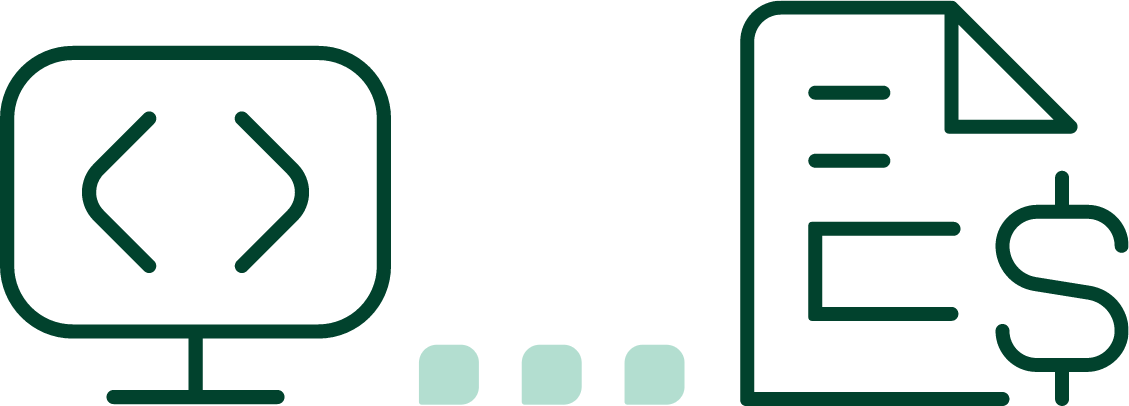
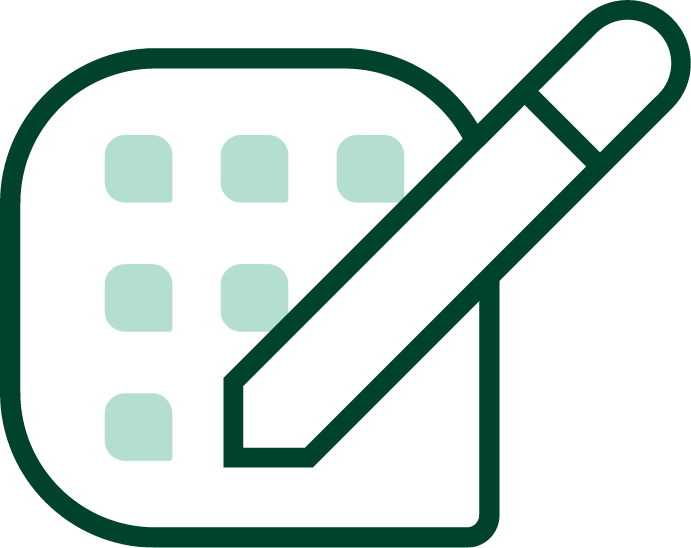
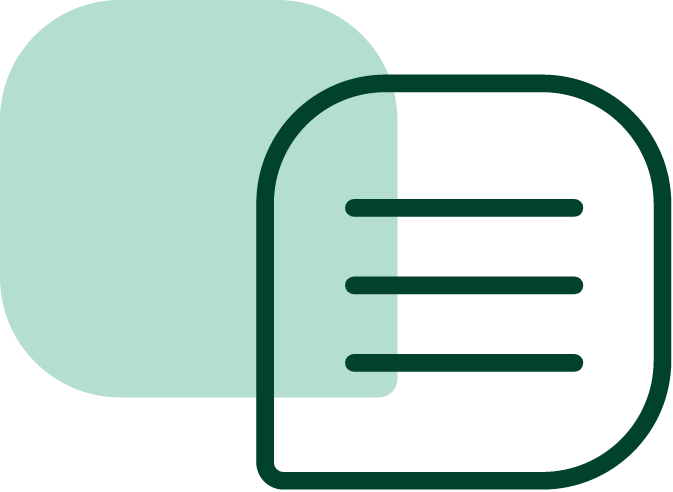


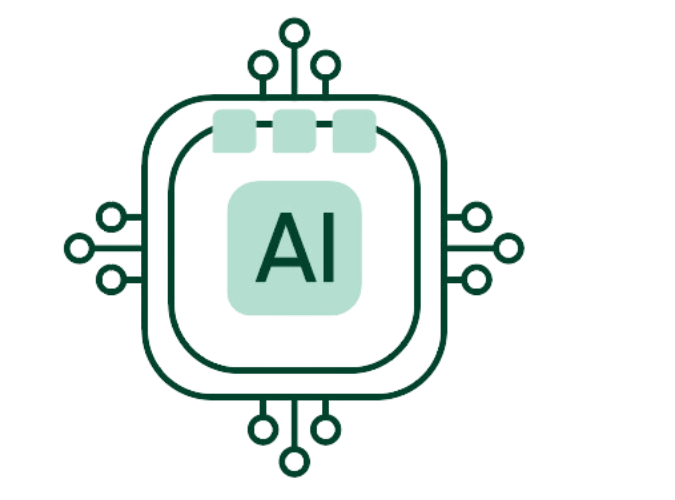
 No Fees, Just Payments: New at Gaviti
No Fees, Just Payments: New at Gaviti










